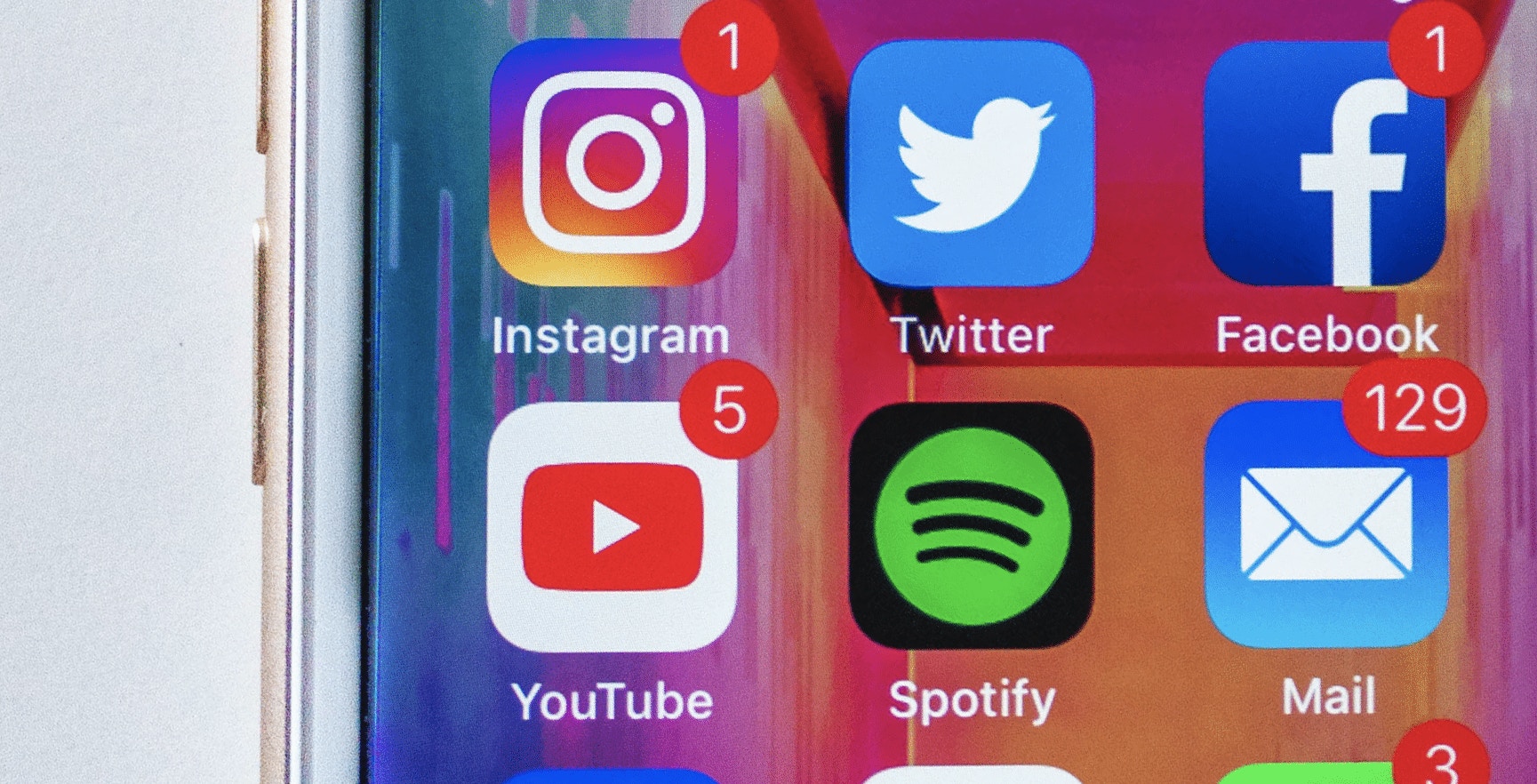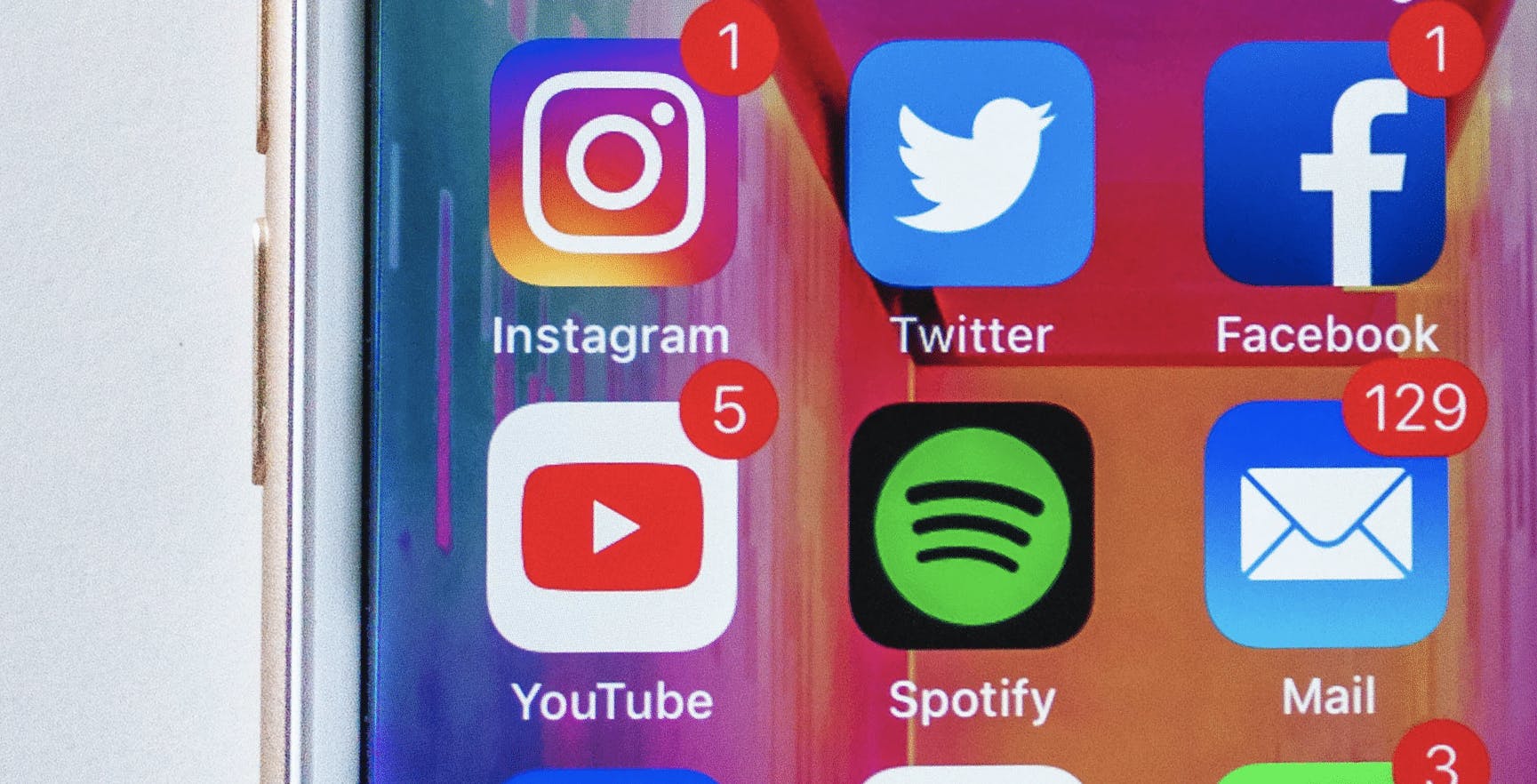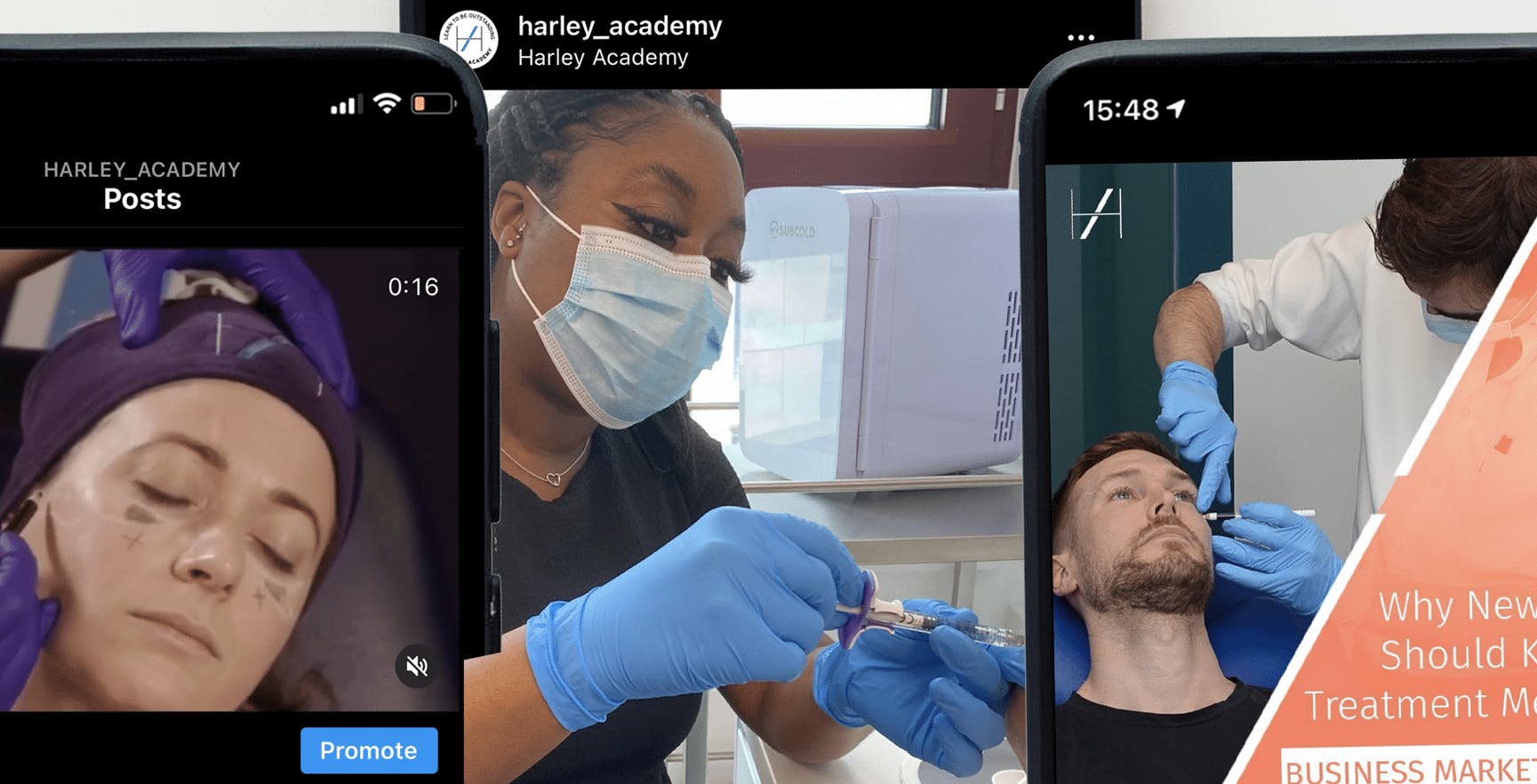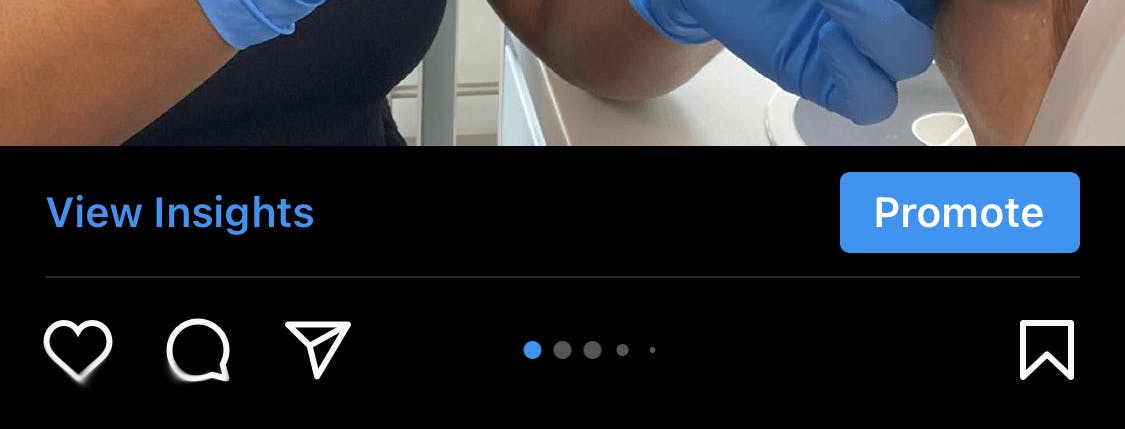Aesthetics Marketing: Social Media

We’re halfway through our 10 Tips for Marketing Your Aesthetics Practice series and here, we’re looking at social media for new injectors.
Learn the dos and don’ts of social media posting and advertising

Social media is one of the most efficient and cost effective ways a new injector can market their aesthetics practice. However, this magic does not just happen – it requires a lot of thought, knowledge and work. Once you know what you’re dealing with, it can become second nature and you should find that you can reap the rewards of putting those hours in!
Top aesthetics industry business consultant Vanessa Bird put it well when talking to The Aesthetics Show. She said: “It’s about understanding you need to put work in. Having the qualifications is super important – having a good training course behind you – but you need to also look at how you get out there, how you promote yourself. Because you can be the best injector in the world but if people don’t know about you and what you do, how are they going to come to you?”
Here we take you through the steps you need to take to get your aesthetics practice up and running on social media...
Register your accounts
The first social media step to take is to register accounts with all the main channels – Instagram, Facebook, TikTok, LinkedIn, Twitter – even if you don’t plan on using them all. This allows people to find you on every channel – where you can include your business details so they know how to contact you – and it stops other businesses from registering the handle.
For good brand recognition and consistency, which makes it easier for people to know how to find you on each channel, your marketing handles should be the same. This means your website address name and your social media names.
Remember to check the availability of the address or handle you would like on each channel before registering them. By doing this you can ensure consistency across all of your channels.
Here are some examples of good and bad naming conventions…
Good branding for the business, Archway Aesthetics:
✔ Website address: archwayaesthetics.co.uk
✔ Instagram handle: @archwayaesthetics
✔ Facebook page address: facebook.com/archwayaesthetics
or
✔ Website address: archway-aesthetics.com
✔ Instagram handle: @archway-aesthetics
✔ Facebook page address: facebook.com/archway-aesthetics
Bad/Inconsistent branding examples:
✔ Website address: archwayaesthetics.co.uk
✖ Instagram handle: @aestheticsclinicarchway
✖ Facebook page address: facebook.com/archway-aesthetics-clinic
Find which social media channel is best for you
Don’t be overwhelmed by all the different social media platforms. You don’t have to be active on all of them and certainly not all at once from the outset. Choose one you already feel comfortable with and start from there.
Whilst we know everyone should be wearing SPF50, the best SPF is the one a client will use every day; it’s the same with social media. Find your best fit and run with it – daily. You can always expand to other channels once you’ve built your confidence up in this area.
Here’s a little overview on the audiences each key social network tends to reach…
Facebook has an older user demographic and is great for gathering patient reviews. Content posted to Facebook will also be available to search engines so could improve your Google-ability! This is known as SEO which stands for search engine optimisation.
Instagram – the most popular social media channel for UK aesthetics, this channel has a wide reach in terms of user ages.
LinkedIn – generally for discussing the business and industry side of aesthetics so, whilst this can be an important factor in thought leadership, it’s not something you need to concentrate on when you’re just starting out.
TikTok – popular for skincare tips and dermatology facts, though on the rise for aesthetic medicine. This tends to attract a younger audience. Often controversial among aesthetics practitioners as the light-hearted video content can be seen as not giving medical procedures the gravitas they require.
Twitter: This is the least visual of all the main social media platforms. You can attach and share images or videos but this is mostly designed for short text-based posts and sharing links. This has a wide age demographic and can be great for connecting with other professionals and local patients. For example, for sending out last minute cancellation notifications. However, it is not usually a great channel for beginners, especially if you don’t have a decent personal presence on there already to draw from.
We recommend starting with Instagram.
Learn what you can and can’t post on social media

An important step before getting started is to read up on the dos and don’ts regarding aesthetic medicine and advertising.
Your business-related social media and your website, if you have one, are considered to be advertising. If you are found to be breaking the rules on one – for example, on your Instagram account – it is likely your website and other social media channels will be investigated too. So let’s make sure you get it right from the start!
Your website and everyday social media posts are termed “organic advertising” as their purpose is to bring in patients. Organic advertising means you are not paying to push this content out to potential clients. When you do pay, this is known as “paid advertising”. This has additional rules which are set by each of the channels you are advertising on.
The Advertising Standards Authority (ASA) is a great source of information on advertising aesthetics services.
Here are just a few of the rules you will need to follow in relation to social media postings – please do read the full document to learn about all the others!
✖ Do not mention prescription only medications (POMs), such as Botox. This should be referred to as an “anti-wrinkle treatment” instead.
✖ Do not promote – via your captions or imagery – the use of POMs. You can talk about what the treatment does and can promote your consultation service, but you must not promote use of prescription only medications. For example, “Book your consultation now!” is fine, whereas “Book your Botox appointment now!” is not.
✖ Do not feature photos involving injections or syringes in posts you want to promote/advertise.
✖ Do not show patients who have not consented in writing to having their image(s) used on social media.
✖ Do not include any patient details – this includes personal details such as their name and age, as well as medical details including any skin conditions, treatment administered, etc – without their written consent. Always check what exactly the patient has agreed to before posting as their written consent may, for example, give you permission to share their images and treatment details only, without their name.
✖ Do not save any images you post to social media channels with a filename that may reveal the patient’s identity. This includes their name and/or date of birth. The image will undoubtedly end up in search engines, such as Google Images, meaning this image will come up when people search that person’s name.
Putting their image out there – especially if they have not consented to have their name used when allowing you to share their photos – is a breach of both GDPR rules and patient confidentiality. Doing so could land you in serious legal trouble so don’t risk it!
By way of example, the first of the following file names should not be used, whilst the second should:
✖ LipFiller_081121_JohannaKrupp_040975.jpg
✖ LipFiller_081121_JohannaKrupp_01.jpg
✔ LipFiller_081121_TheAcademyClinic_Aesthetics_Treatment.jpg
✔ LipFiller_081121_TheAcademyClinic_Lip_Filler_Before_After.jpg
Learn what types of content people like

Each time you post on social media, you should get a response. To start with, this is likely to just be from friends and family you have invited to follow you. Don’t be disheartened by this! It takes time and hard work to build a following. However, with each post, you’ll start to see engagement patterns which you can learn from.
This means checking your insights or analytics to see which types of posts get the most:
- likes
- comments
- saves.
See if you can spot any patterns, such as:
- are people more interested in posts with longer or shorter captions?
- do posts with images that show you in action get a better response than product shots?
- is engagement better when you post reviews from patients? What about before and after images?
You’ll soon find out what your audience is looking for and will be better able to tailor your content towards this, as you go along.
What patients want from you on social media
A little tip for you: what people really look for on social media is authentic connection.
Of course they want to know what treatments you offer and how to contact you but, mostly, they want to get to know the real you. They want to know you are good at what you do but, more than that, they want to feel a connection, to trust you and the way you work.
Social media allows you to get your personality across, especially if you use all the features available to you. For example, if we’re talking about Instagram, don’t just post on your grid – try posting on your stories too.
When you’re writing captions, always write them as you would speak if you were talking to a patient. No need to be formal just because you’re writing!
Also, don’t feel pressure to be constantly “selling” – include snapshots of your life outside aesthetics to bring a truly authentic edge to your social content. We’ll explore this further later in our Aesthetics Marketing series so remember to check back for further tips!
Helping people to find you on social media
Some channels – Instagram, Twitter, TikTok and to a lesser extent, Facebook – use hashtags to help people locate content related to specific topics.
There are many theories as to how to use hashtags to best effect but, because these things are kept secret by the platforms and also change regularly, there is no definitive answer.
What we can tell you, however, is that people will be able to find you and your posts far more easily if you use appropriate hashtags. Appropriate being the key word, here!
Always hashtag the name of your business – eg #archwayaesthetics – so that anyone wanting to see more about your business can click on the hashtag to see more. Encourage patients to use this hashtag when they post about you on social media too so that more than just your own content comes up in these hashtag searches.
Below are some ideas for hashtags to use in general and per treatment type. You can also research the best hashtags in Instagram by going to the search page (tap the magnifying glass icon), typing in your topic, eg lip filler, then pressing Tags which will show you all the hashtags around this with the number of times each has been used so you can gauge popularity.

General hashtags: #aesthetics #medicalaesthetics #aestheticmedicine #aestheticspractitioner #aestheticsclinic #cosmeticnurseinjector #aestheticsnurse #aestheticsdoctor #nurseinjector #medicalaesthetician #yourbusinessname #harleytrained #safeinjector #level7qualified #level7 #facialrejuvenation #antiageing #injectables #tweakments
Filler: #fillers #filler #dermalfillers #cheekfillers #lipfiller #fillers (eg #fillerslondon) #fillersinjection #fillerlips #fillerinjection #cheekfiller #fillerinjections # (eg #juvederm #juvedermvoluma)
Botox: #antiwrinkle #antiwrinkleinjection #antiwrinkletreatment #antiwrinkletreatments #antiwrinkleinjectables
We hope you find this advice helpful. Let us know how you get on with incorporating these tips into your social media. If you have any questions you’d like our experts to answer on this topic, don’t forget to leave us a comment over on the Harley Academy Instagram channel.
All information correct at the time of publication
Download our full prospectus
Browse all our injectables, dermal fillers and cosmetic dermatology courses in one document
By submitting this form, you agree to receive marketing about our products, events, promotions and exclusive content. Consent is not a condition of purchase, and no purchase is necessary. Message frequency varies. View our Privacy Policy and Terms & Conditions
Attend our FREE open evening
If you're not sure which course is right for you, let us help
Join us online or in-person at our free open evening to learn more
Our Partners













STAY INFORMED
Sign up to receive industry news, careers advice, special offers and information on Harley Academy courses and services

